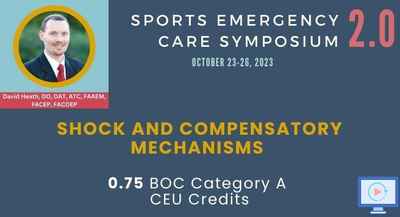AI Chat Bot
Heat-Related Illnesses: Pediatric vs. Adult Patient Management › Learning Material
Presentation (Video)
Updated Jan 22, 2024
Copyright © 2025 Action Medicine Consultants, LLC
___MESSAGE___
___MESSAGE___


